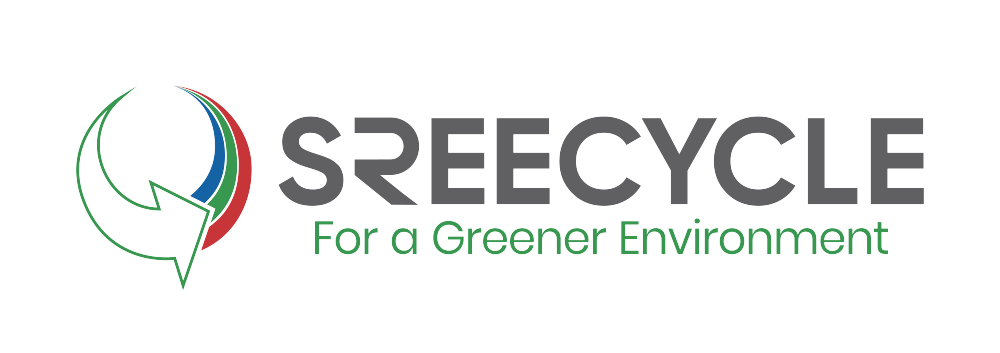Waste bottle washing line for PET/HDPE bottles
The bottle waste washing line from Sreecycle washing line from Sreecycle that can remove over 90% of impurities from PET/HDPE bottles to produce high-quality recycling goods. Our innovative system has been specifically designed to eliminate more than 90% of impurities that are often mixed with PET and HDPE bottles during transportation from the beverage factory to the recycling plant. With years of practical experience in PET/HDPE bottle recycling, we have gained a deep understanding of various impurities, enabling us to develop efficient processes to create the optimal environment for their separation.
Our PET bottle waste wash line equipment is designed on a modular basis, allowing for future expansion to get higher capacity and more stable quality with minimum investment cost. We have divided our system into four functional sections and machinery to ensure maximum quality.
With years of experience in PET bottle recycling, our four functional sections and machinery efficiently remove impurities and separate materials to create an optimal environment for recycling.
De-baling & Bottle Waste Pre-washing Section
Under powerful stirring, our continuous bottle washing machine combines the power functions of machinery, chemistry, and heat energy to separate and remove over 90% of impurities, including environment-polluted substances and labels (thermal shrinkage PVC labels are excluded). Although, since the bottle bodies are purified the processing equipment is properly protected, and the crusher will suffer less since hard solid substances are no longer present.
This Section consists of the:
- Bale Opener to individualize bottles from the feed bale
- Conveyor +Twin Vertical Rotors
- Screw Conveyor to feed open material to trommel
- Trommel perforated rotary drum has been used to remove impurities smaller than 40 mm
- Screw Conveyor to feed material from trommel to washer
Waste Bottle Sorting and Label Separating Section
Washed bottles are pre-sorted to remove PVC and other polymer bottles. Then after this process, the bottles have been subjected to a label-removing machine. These machines work on the principle of friction and scraping. Loosened bottles are blown away from the bottle stream by the label-separating machine. These clean bottles are re-sorted on a sorting conveyor to ensure maximum quality.
This Section consists of:
- Bottle washer slow rotating large dia drum washes bottles with hot water
- Screw Conveyor-1 Screw Conveyor transfers material to the first sorting conveyor
- Sorting Conveyor a belt conveyor to facilitate manual sorting
- Label Scraper a shell with high-speed tools with inside rotor scraps labels
- Screw Conveyor transfers material to the label separator
- Label Separator a rotating drum with a blower to separate labels by air
- Screw Conveyor to transfer the material to the second sorting conveyor
- Sorting Conveyor-2 a belt conveyor meant for manual sorting
Bottle waste Wet Crushing Section
This section has been specially designed for crushing PET/HDPE bottles with input smoothly and output stably. It has low power consumption, low noise and vibration, a strong structure, and low maintenance cost. It has been designed in a wet-grinding way. If needed to run non-stop for 24 hours, one more crusher is necessary for standby.
This Section consists of:
- Grinder Feeder Screw Conveyor with direction change switch
- Grinders 3 sets of grinders (2 operational and 1 standby)
- THE Grinder Bottom Screw Collects and transfers crushed material
- Feed Screw Conveyor to feed crushed flakes to friction washer
Flotation & Friction Washing method for waste Bottles
The crushed flakes has been mixed with Polyolefin material
This section is using the gravity difference of PET (1.3), Polyolefin (0.9), and water (gravity 1) as a media to let PET sink and Polyolefin float on the water. This effective method has been used to make PET more purified, and collected Polyolefin flakes can be sold as a by-product. With the help of chemical, friction, and heat power the glue will be separated entirely from flakes.

